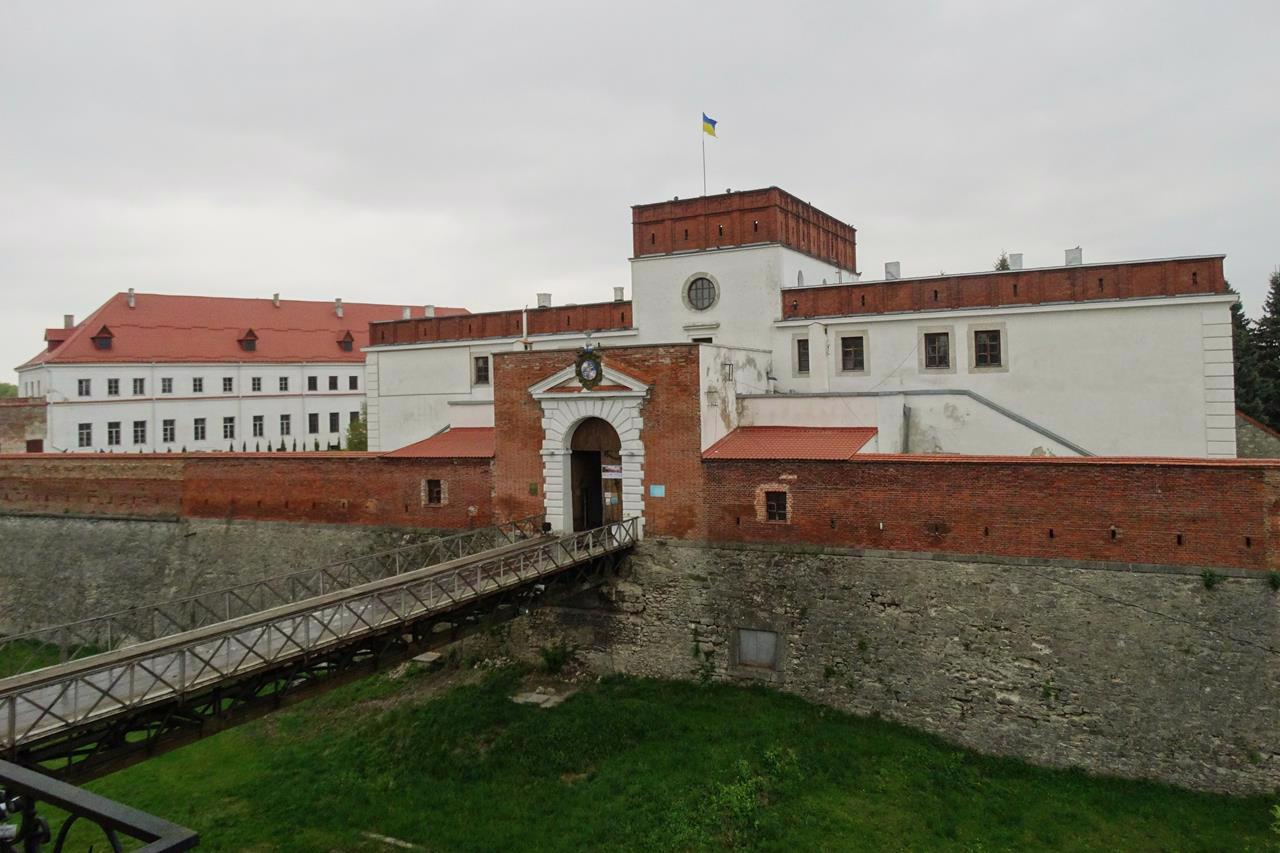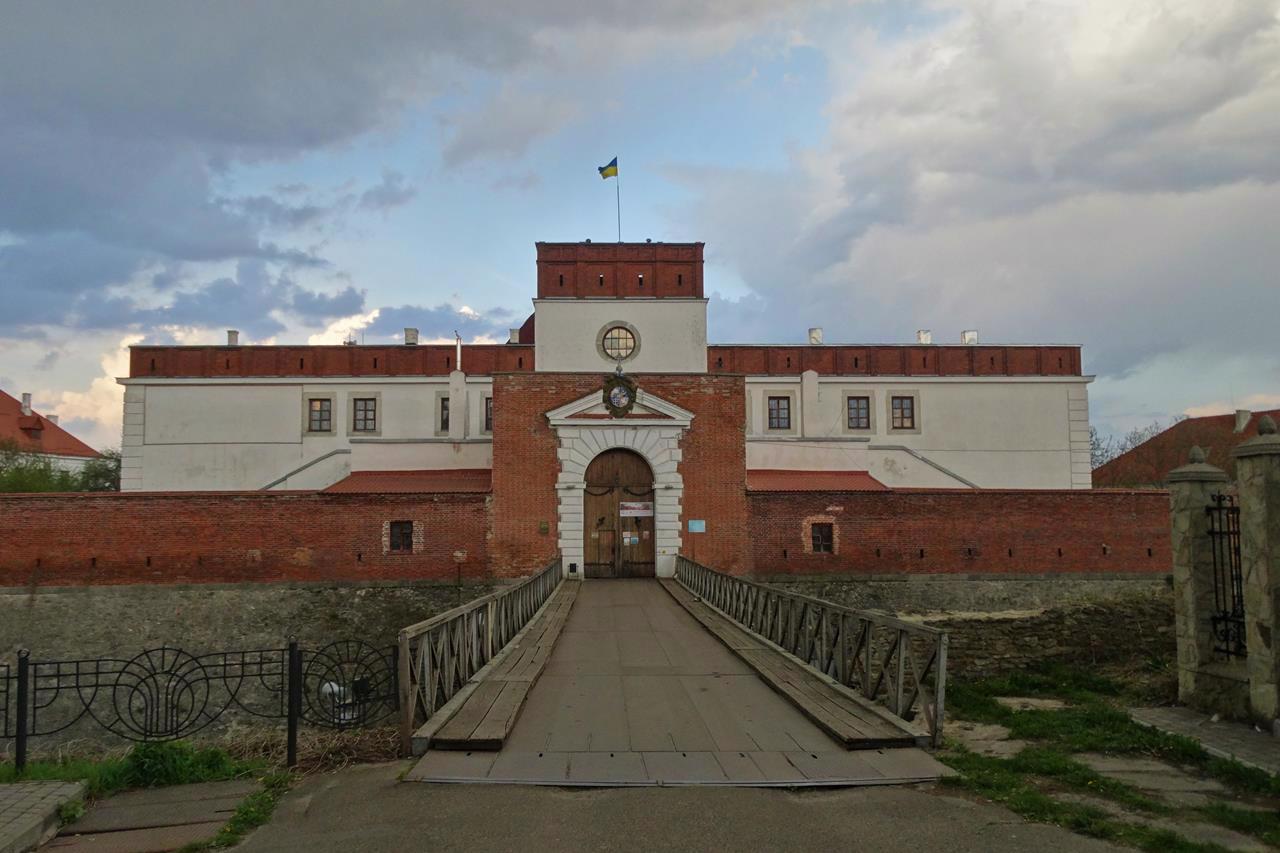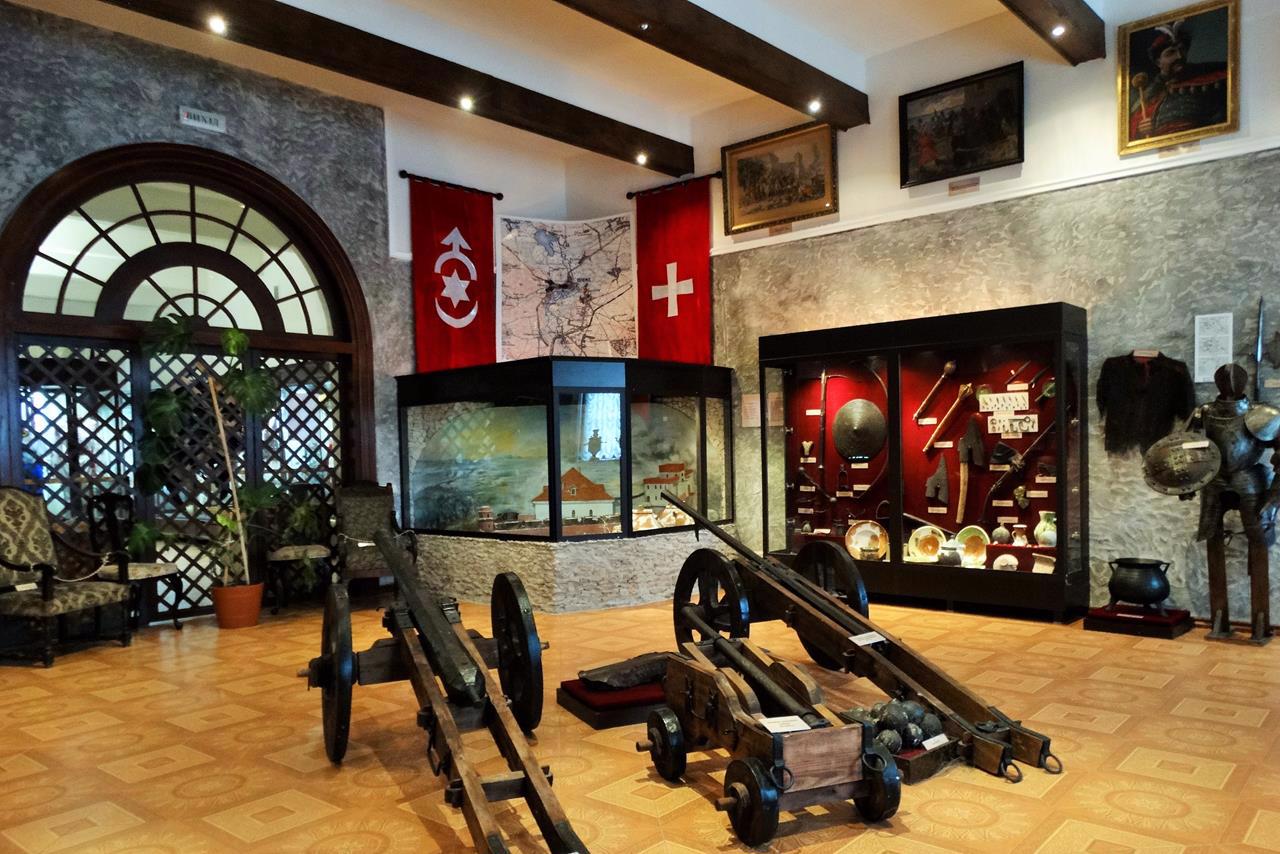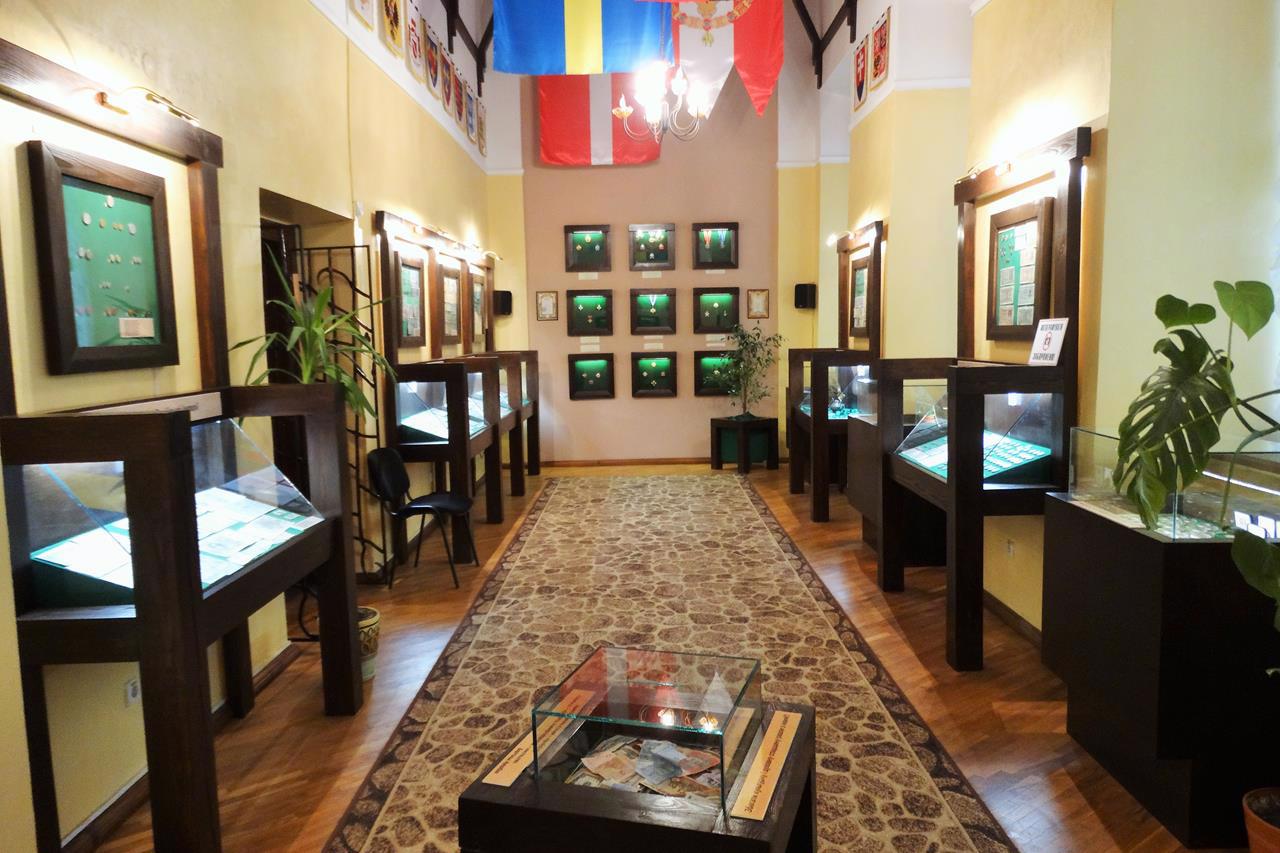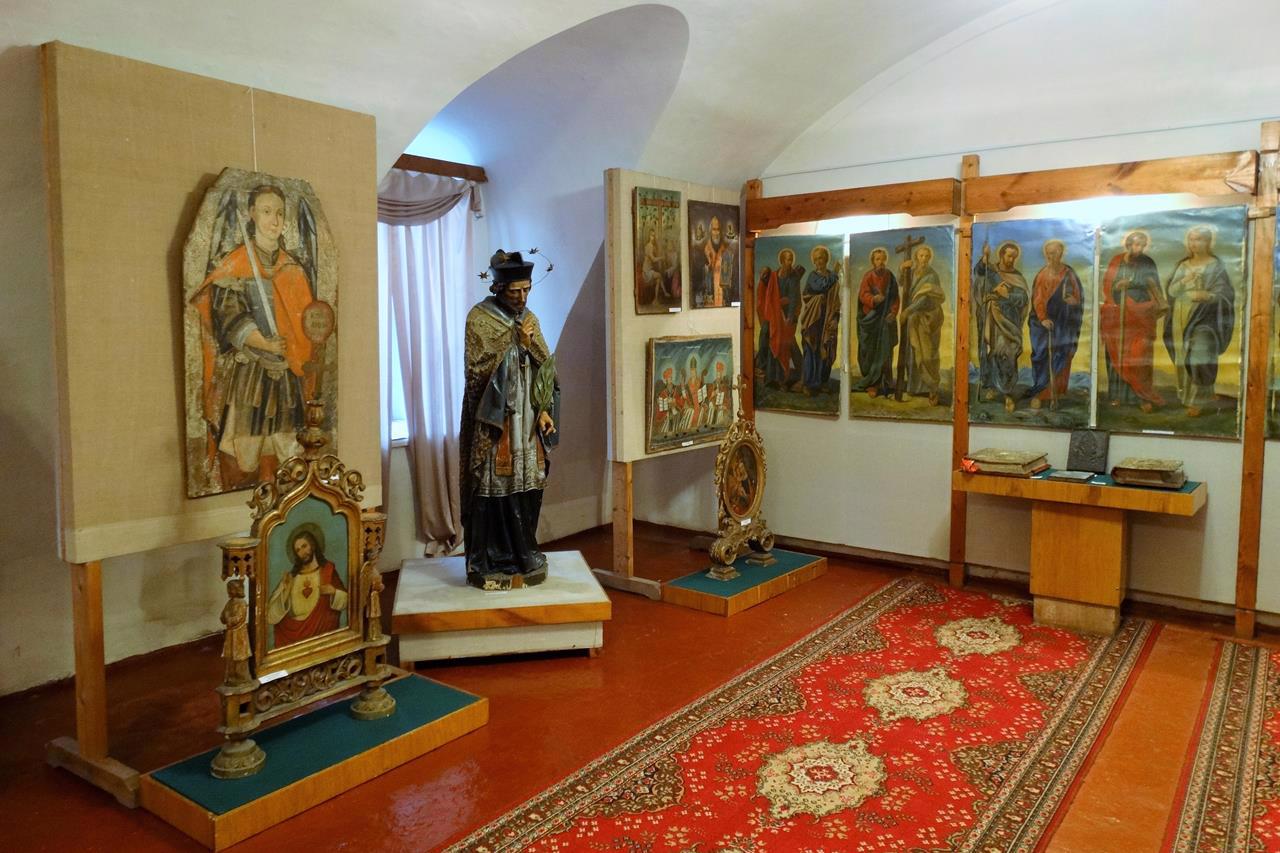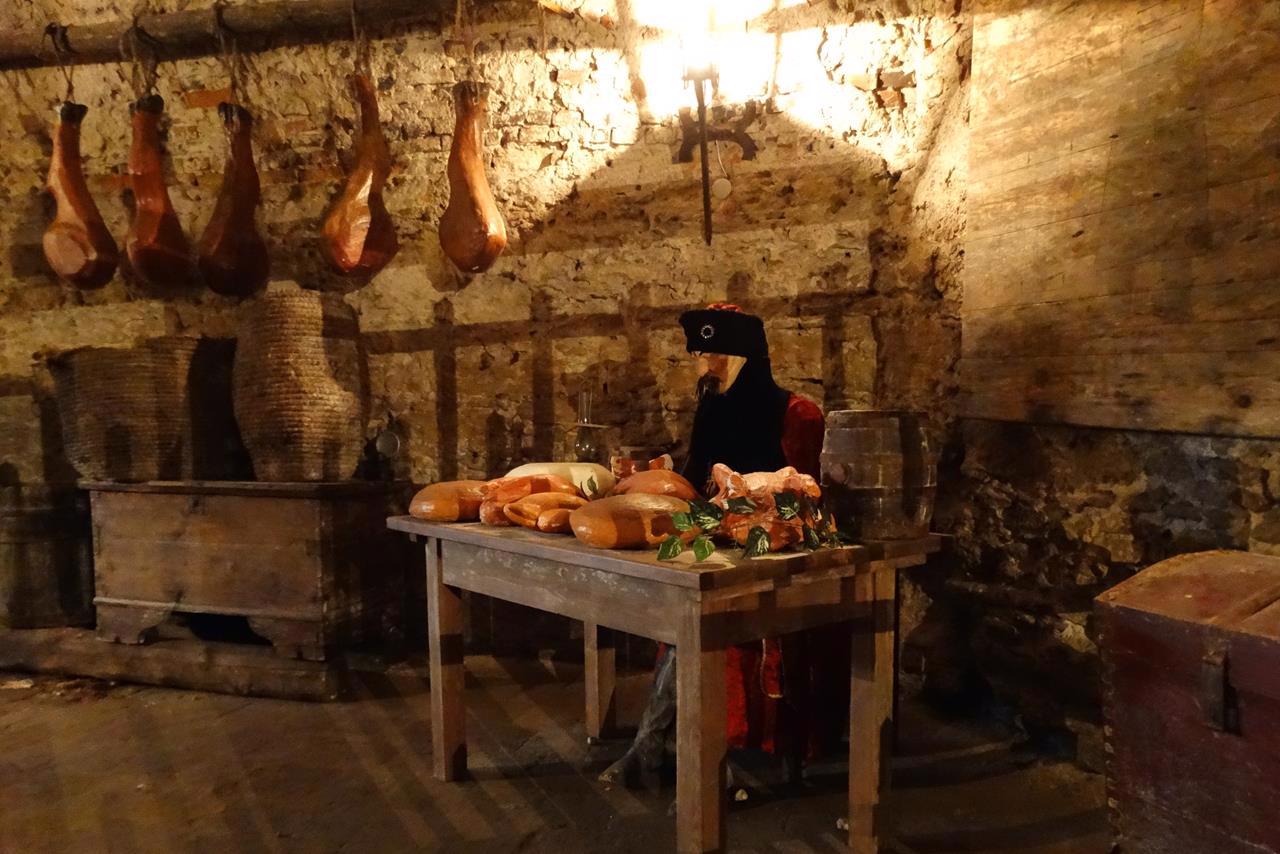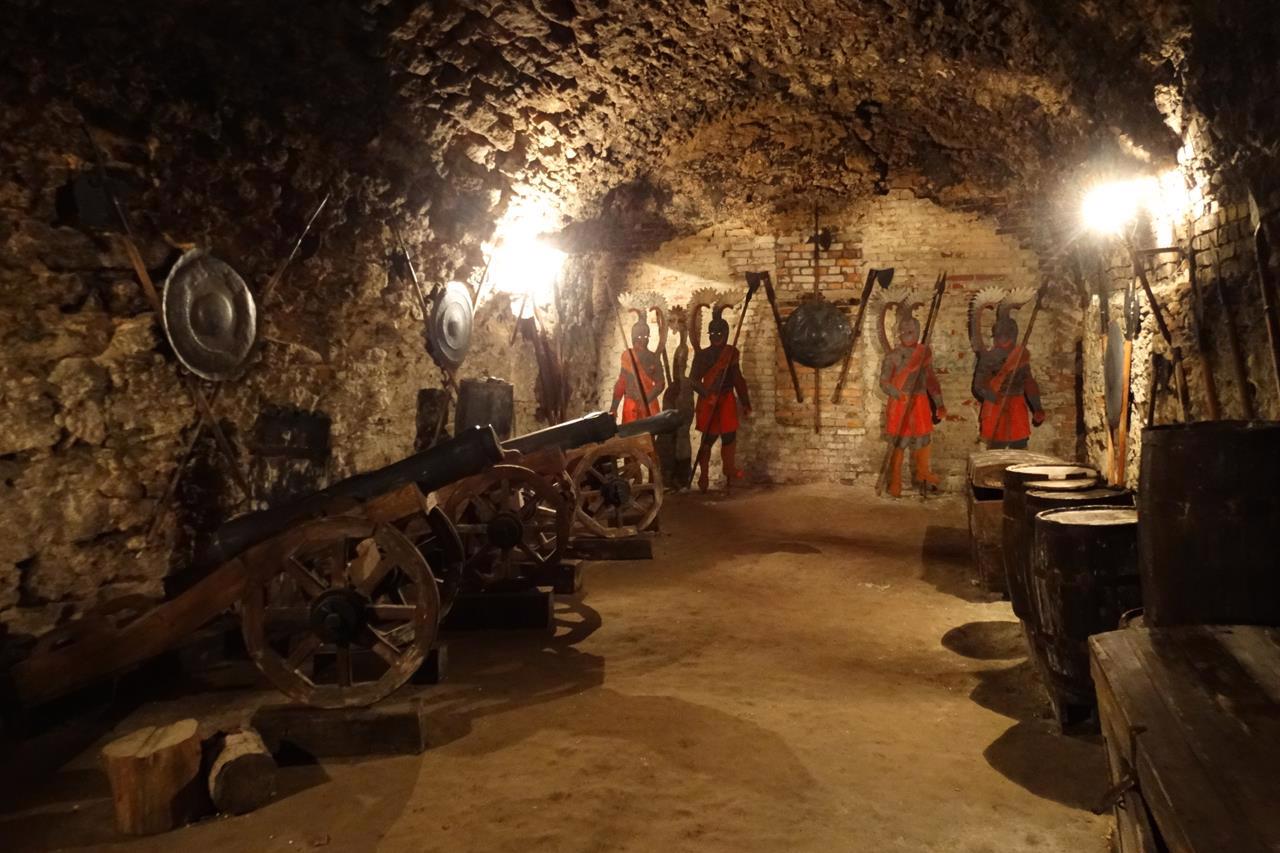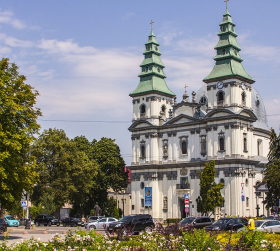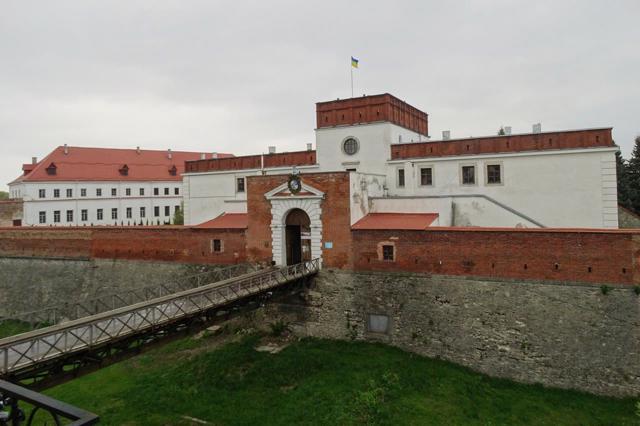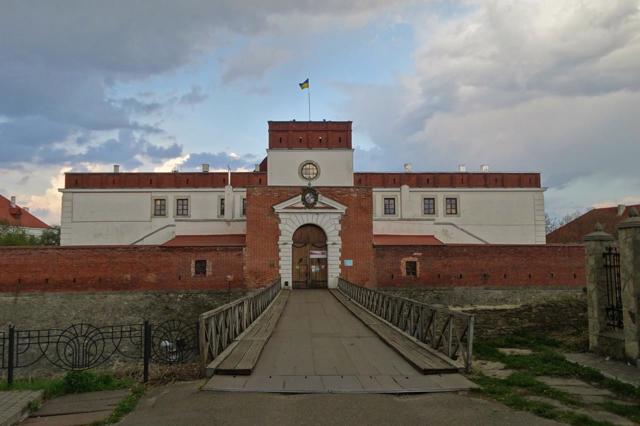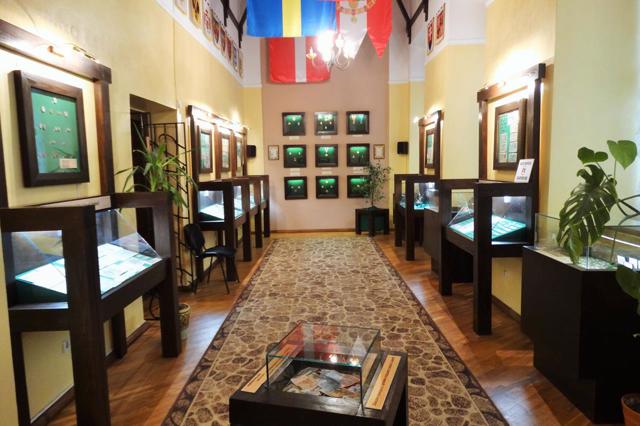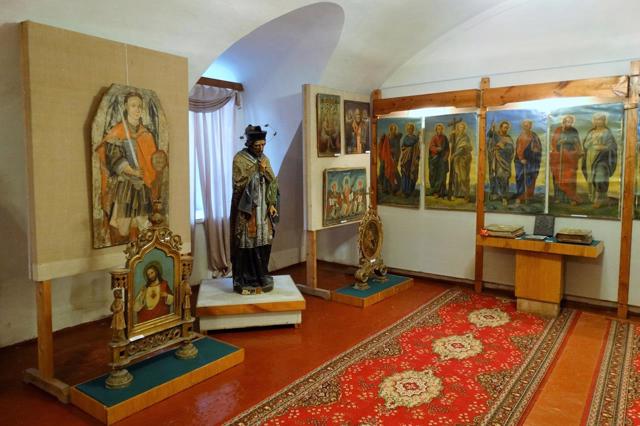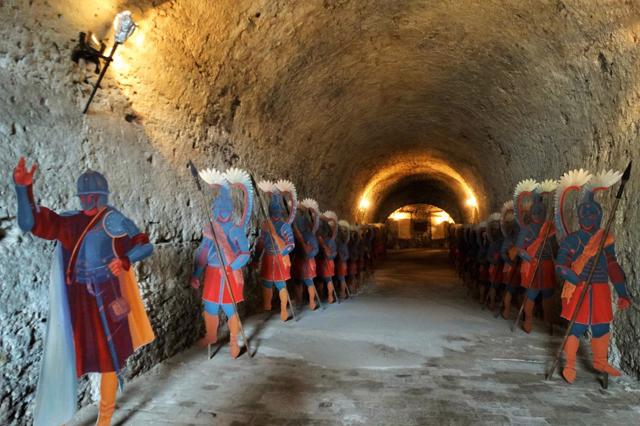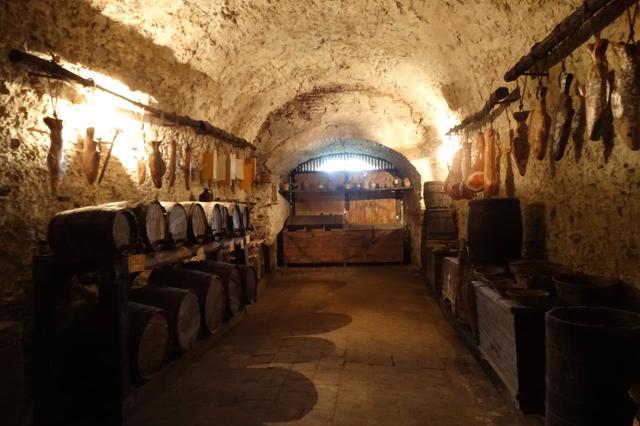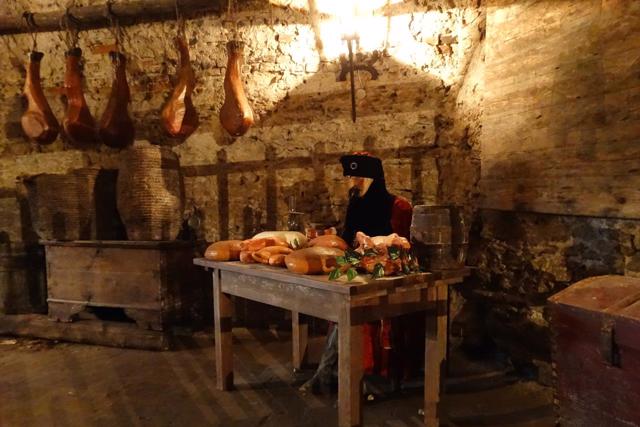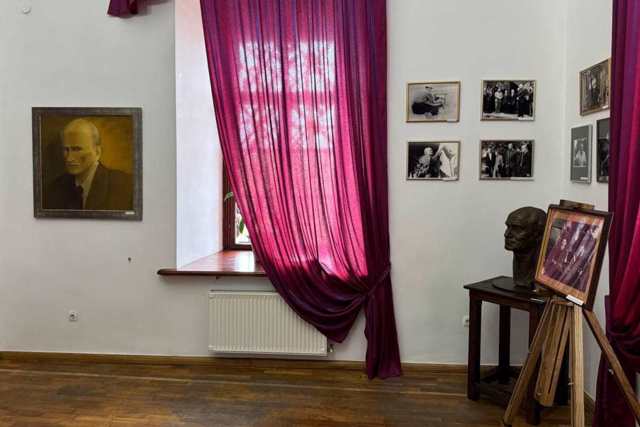Functional temporarily unavailable
Dubno Castle, Dubno
Castle / fortress
Architecture
Museum / gallery
General information about Dubno Castle (Dubno)
The family castle of the princes Ostrozky was built in Dubno in the 15th century, then it belonged to several more aristocratic families: Zaslavsky, Sanhushsko, Lyubomyrsky, Baryatynsky.
For centuries, the Dubno Castle remained impregnable - the fortress walls withstood repeated sieges by the Crimean Tatars in the 16th century, the Cossack units of Maksym Kryvonos, and the Russian army in the 17th century. During various wars of the 18th and 19th centuries, hetman Ivan Mazepa, the Swedish king Karl XII, tsar Peter I, generals Suvorov and Kutuzov visited here.
The Dubno castle is surrounded by a defensive moat, over which a bridge leading to the gate and the gatehouse is overturned. On the right is the Ostrozky Palace (XVI century), and on the left - the Lyubomyrsky Pala ...
The family castle of the princes Ostrozky was built in Dubno in the 15th century, then it belonged to several more aristocratic families: Zaslavsky, Sanhushsko, Lyubomyrsky, Baryatynsky.
For centuries, the Dubno Castle remained impregnable - the fortress walls withstood repeated sieges by the Crimean Tatars in the 16th century, the Cossack units of Maksym Kryvonos, and the Russian army in the 17th century. During various wars of the 18th and 19th centuries, hetman Ivan Mazepa, the Swedish king Karl XII, tsar Peter I, generals Suvorov and Kutuzov visited here.
The Dubno castle is surrounded by a defensive moat, over which a bridge leading to the gate and the gatehouse is overturned. On the right is the Ostrozky Palace (XVI century), and on the left - the Lyubomyrsky Palace (XVIII century), in which the stucco work of the Italian master Domeniko Merlini has been preserved. In the 17th century, the castle was fortified with two bastions with towers designed by the engineer Voban. The "Maiden's Tower" is associated with the legend of Princess Beata and her successful shot from a cannon at the tent of the Tatar Khan, who was besieging the castle.
There is a whole system of basements and underground passages. They are, in particular, described by Mykola Hohol in the novel "Taras Bulba", the main action of which unfolds around the Dubno Castle. In one of the basements, there is an exposition of the museum of torture. Theatrical tours are held.
In 2024, the museum room "Reviver of Ukrainian Castles" was opened, dedicated to the outstanding Ukrainian art critic, long-time director of the Lviv National Art Gallery Borys Voznytsky, who at one time contributed to the restoration of the Dubo Castle.
There is a souvenir shop and a cafeteria.
Родовий замок князів Острозьких був збудований у Дубно в XV столітті, належав потім ще кільком аристократичним родам: Заславським, Сангушкам, Любомирським, Барятинським.
Протягом століть Дубенський замок залишався неприступним - фортечні стіни витримали неодноразові облоги кримських татар у XVI столітті, козацьких загонів Максима Кривоноса та російського війська в XVII столітті. Під час різних воєн XVIII-XIX століть тут побували гетьман Іван Мазепа, шведський король Карл XII, цар Петро І, полководці Суворов та Кутузов.
Дубенський замок оточений оборонним ровом, через який перекинутий міст, що веде до воріт і надбрамного корпусу. Праворуч розташований палац Острозьких (XVI століття), а ліворуч - палац Любомирських (XVIII століття), в якому збереглася ліпнина італійського майс ...
Родовий замок князів Острозьких був збудований у Дубно в XV столітті, належав потім ще кільком аристократичним родам: Заславським, Сангушкам, Любомирським, Барятинським.
Протягом століть Дубенський замок залишався неприступним - фортечні стіни витримали неодноразові облоги кримських татар у XVI столітті, козацьких загонів Максима Кривоноса та російського війська в XVII столітті. Під час різних воєн XVIII-XIX століть тут побували гетьман Іван Мазепа, шведський король Карл XII, цар Петро І, полководці Суворов та Кутузов.
Дубенський замок оточений оборонним ровом, через який перекинутий міст, що веде до воріт і надбрамного корпусу. Праворуч розташований палац Острозьких (XVI століття), а ліворуч - палац Любомирських (XVIII століття), в якому збереглася ліпнина італійського майстра Доменіко Мерліні. У XVII столітті замок був укріплений двома бастіонами із вежами, виконаними за проектом інженера Вобана. З "Дівочою вежею" пов'язана легенда про князівну Беату та її влучний постріл з гармати по намету татарського хана, що обложив замок.
Існує ціла система підвалів та підземних ходів. Вони, зокрема, описані Миколою Гоголем у романі "Тарас Бульба", основні дії якого розгортаються навколо Дубенського замку. В одному з підвалів влаштовано експозицію музею тортур. Проводяться театралізовані екскурсії.
У 2024 році відкрилася кімната-музей "Воскреситель українських замків", присвячену видатному українському мистецтвознавцю, багаторічному директору Львівської національної галереї мистецтв Борису Возницькому, який свого часу посприяв відновленню Дубенського замку.
Працює сувенірна крамниця та кафетерій.
Practical information about Dubno Castle (Dubno)
Last update
2/19/2025
| Categories | Castle / fortress, Architecture, Museum / gallery |
|---|---|
| Date of foundation | 1492 |
| Hours of work | 08:00-18:00 (October to April - 09:00-17:00) |
| Address |
Zamkova Street, 7A
Dubno |
| Coordinates |
50.41944444° N, 25.74777778° E
|
| Phone | +380 98 475 8621, 380 99 080 9094, |
| zapovidnyk@meta.ua | |
| Official site |
http://zamokdubno.com.ua/ |
|
https://www.facebook.com/dubno... |
|
|
https://www.instagram.com/zamo... |
|
| YouTube |
https://www.youtube.com/user/z... |
| Additional services | |
| Cost | complex ticket for exhibitions: adults - UAH 100, schoolchildren, students and pensioners - UAH 60, excursions - from UAH 500 |
Аccessibility information
According to the institution
Have you visited Dubno Castle in Dubno?
Add practical or descriptive information, photos, links
What to see, where to go next?

